Preparing for Japan’s Next Tsunami
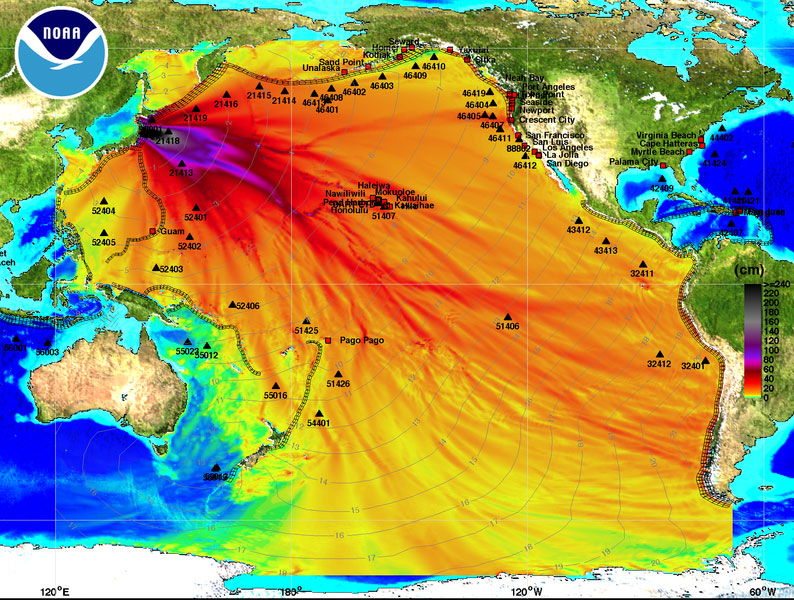
The Pacific plate is one of many possible tsunamigenic quake sources, and scientists believe the Nankai Trough, another subduction zone much closer to the Japanese coast than the source of 3/11, will produce a similar megaquake and tsunami within the next 30 years.
Rising sea levels threatens coastal cities with more tsunamis, scientists warn
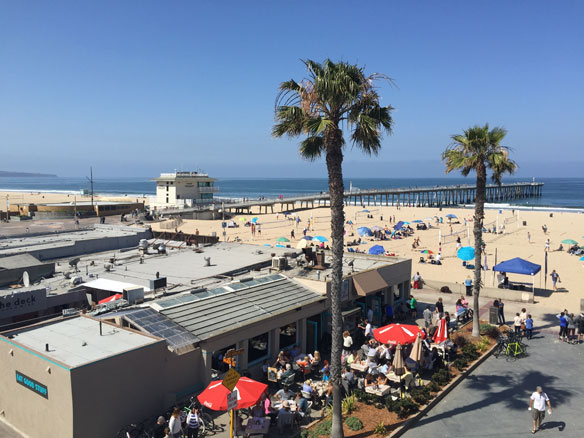
Tsunamis will become more common and more ferocious with global warming, scientists have warned after a study found that global sea level rises will increase the risk of coastal cities being wiped out.
First reliable estimates of highly radioactive cesium-rich microparticles released by Fukushima disaster
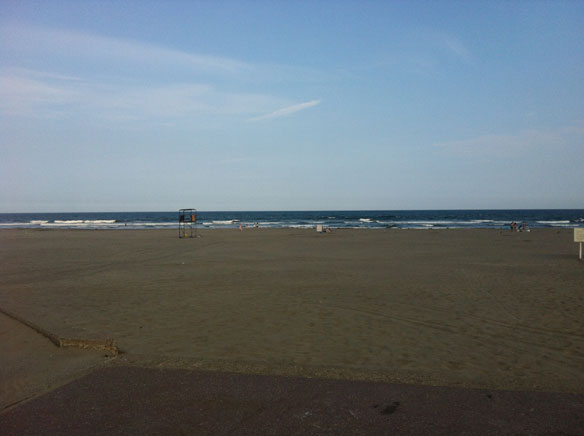
Scientists have for the first time been able to estimate the amount of radioactive cesium-rich microparticles released by the disaster at the Fukushima power plant in 2011. This work, which will have significant health and environmental implications, is presented at the Goldschmidt geochemistry conference in Boston.
Fukushima radioactive particle release was significant, says new research
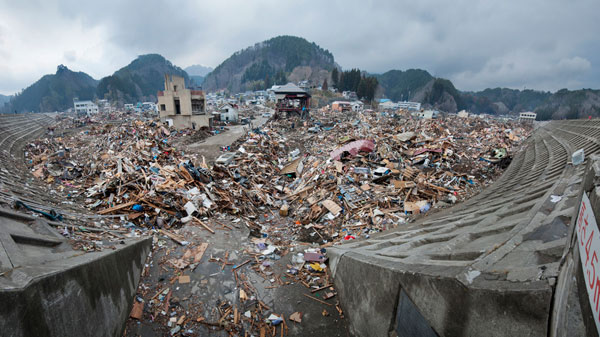
Scientists say there was a significant release of radioactive particles during the Fukushima-Daiichi nuclear accident. The researchers identified the contamination using a new method and say if the particles are inhaled they could pose long-term health risks to humans.
Tsunamis could cause beach tourism to lose hundreds of millions of dollars every year

European tourists are more frequently going to places all over the world with significant tsunami risk, researchers have found. A global tourism destination risk index for tsunamis was released on April 12, at the 2018 Annual Conference of the European Geosciences Union (EGU) in Vienna.
Could underwater sound waves be the key to early tsunami warnings?
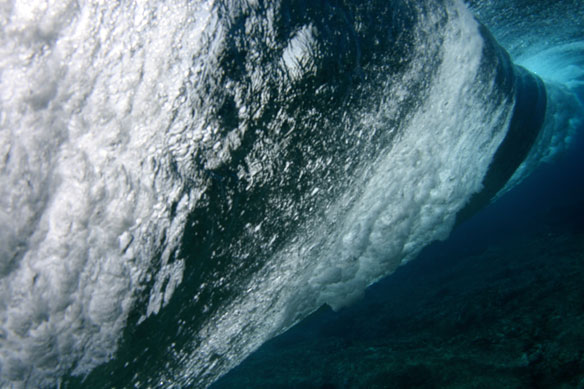
Mathematicians have devised a way of calculating the size of a tsunami and its destructive force well in advance of it making landfall by measuring fast-moving underwater sound waves, opening up the possibility of a real-time early warning system.
Seafloor sediments appear to enhance earthquake and tsunami danger in Pacific Northwest
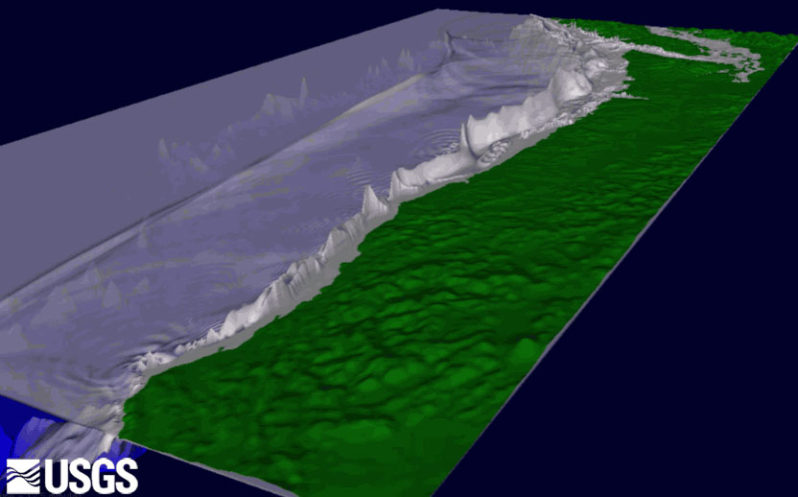
The Cascadia Subduction Zone off the coast of the Pacific Northwest has all the ingredients for making powerful earthquakes—and according to the geological record, the region is due for its next “big one.”
Scientists find new source of radioactivity from Fukushima disaster: in sand and groundwater
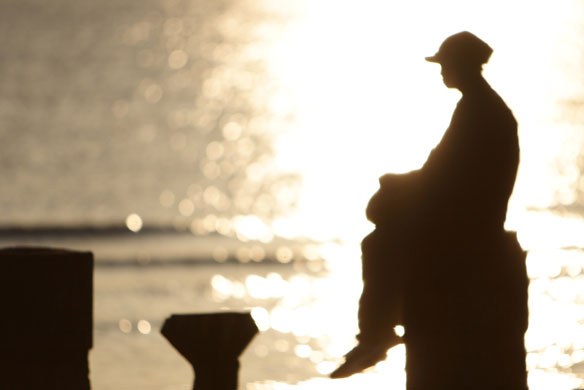
Scientists have found a previously unsuspected place where radioactive material from the Fukushima Dai-ichi nuclear power plant disaster has accumulated—in sands and brackish groundwater beneath beaches up to 60 miles away. The sands took up and retained radioactive cesium originating from the disaster in 2011 and have been slowly releasing it back to the ocean.
Ecological roulette”: Sea creatures hitchhike across Pacific on tsunami debris

Nearly 300 species of fish, mussels and other sea critters hitchhiked across the Pacific Ocean on debris from the 2011 Japanese tsunami, washing ashore alive in the United States. It is the largest and longest marine migration ever documented.
